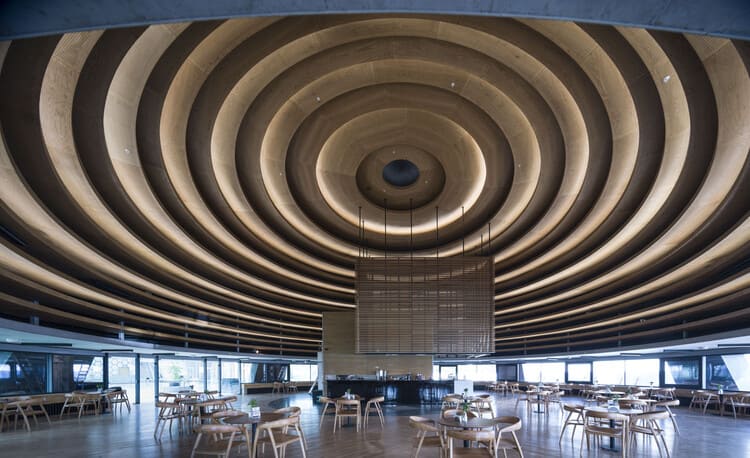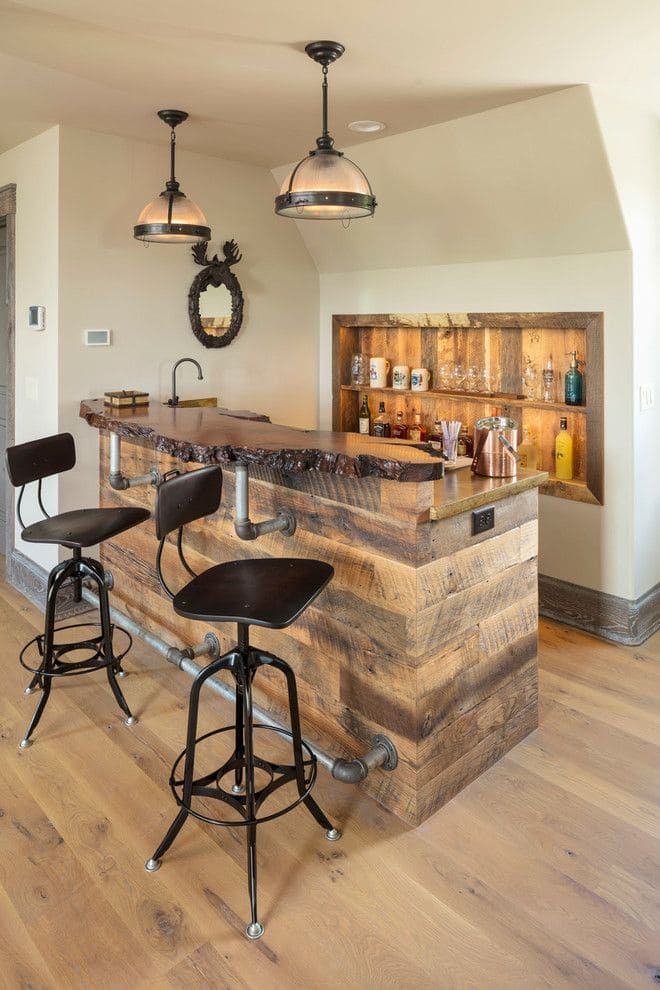In the realm of interior design, a trend has emerged that transcends the ordinary and elevates spaces to new heights—quite literally. The phenomenon known as “ceiling pops” has taken the design world by storm, turning bland ceilings into canvases of creativity. Exploration delves into the origins, techniques, and transformative power of ceiling pops, unlocking the secrets behind this architectural symphony.
Origins and Evolution:
Ceiling pops, sometimes referred to as ceiling art or ceiling accents, have a rich history that traces back to ancient civilizations. From intricately painted frescoes in Roman villas to ornate coffered ceilings in Renaissance palaces. The concept of embellishing the often-neglected overhead plane has persisted across cultures and centuries.
In modern times, the resurgence of interest in ceiling pops can be attributed to a desire for unique and personalized spaces. Designers and homeowners alike seek to break free from the constraints of traditional interior design. Using the ceiling as a blank canvas to express individuality and creativity.
Techniques and Materials:
The execution of a compelling ceiling pop involves a combination of artistic vision, technical expertise, and a deep understanding of materials. Various techniques are employed to achieve stunning effects, each contributing to the overall aesthetic of the space.
- Mural Masterpieces: Talented artists bring ceilings to life with hand-painted murals that tell stories, evoke emotions, or simply captivate with their beauty. From ethereal skies to abstract compositions, the possibilities are as vast as the imagination.
- Architectural Embellishments: Molding, trim, and architectural accents are used to create intricate patterns and designs on ceilings. This method, often seen in classic and neoclassical interiors, adds a touch of sophistication and grandeur.
- Three-Dimensional Wonders: The advent of 3D printing technology has opened up a world of possibilities for creating intricate, textured, and even interactive ceiling pops. These installations engage both the visual and tactile senses, adding a dynamic element to the space.
- Lighting Integration: Cleverly incorporating lighting into ceiling designs can enhance the overall ambiance. Whether through recessed lighting, LED strips, or strategically placed fixtures, the interplay of light and shadow becomes an integral part of the ceiling’s allure.
- Natural Elements: Bringing nature indoors is a prevailing trend, and ceilings are no exception. Incorporating materials like reclaimed wood, bamboo, or even pressed flowers can create a connection with the outdoors, fostering a sense of tranquility and warmth.
Transformative Power:
The impact of a well-executed ceiling pop extends beyond mere aesthetics. It has the power to transform the entire atmosphere of a space. Here are a few ways in which ceiling pops contribute to the overall design narrative:
- Visual Expansion: Cleverly designed ceilings draw the eye upward, creating an illusion of height and space. This is particularly effective in smaller rooms, where a well-executed ceiling design can make the space feel more open and airy.
- Cohesive Design Language: Ceilings provide an often overlooked opportunity to reinforce a design theme. By integrating elements from the floor, walls, and furnishings into the ceiling design, a cohesive and harmonious aesthetic is achieve.
- Emotional Impact: The choice of colors, patterns, and themes in a ceiling pop can evoke specific emotions. Whether aiming for serenity, excitement, or nostalgia, designers use the ceiling as a powerful tool to shape the overall emotional experience of a space.
- Architectural Focal Points: In rooms lacking natural focal points, a captivating ceiling pop can become the star of the show. It becomes a conversation piece, drawing attention and admiration from anyone who enters the space.
- Personal Expression: Beyond the aesthetic and functional aspects, ceiling pops allow individuals to express their personality and interests. Whether it’s a constellation mural for astronomy enthusiasts or a geometric pattern for lovers of precision. The ceiling becomes a canvas for personal storytelling.
Conclusion:
In the symphony of architecture, the ceiling plays a vital yet often overlooked role. Ceiling pops, with their diverse techniques and transformative power, have emerged as a crescendo, adding depth, character, and individuality to interior spaces. As the trend continues to evolve, we can expect to see even more innovative approaches to ceiling design. Pushing the boundaries of what is possible and redefining the way we perceive and experience our built environments.





